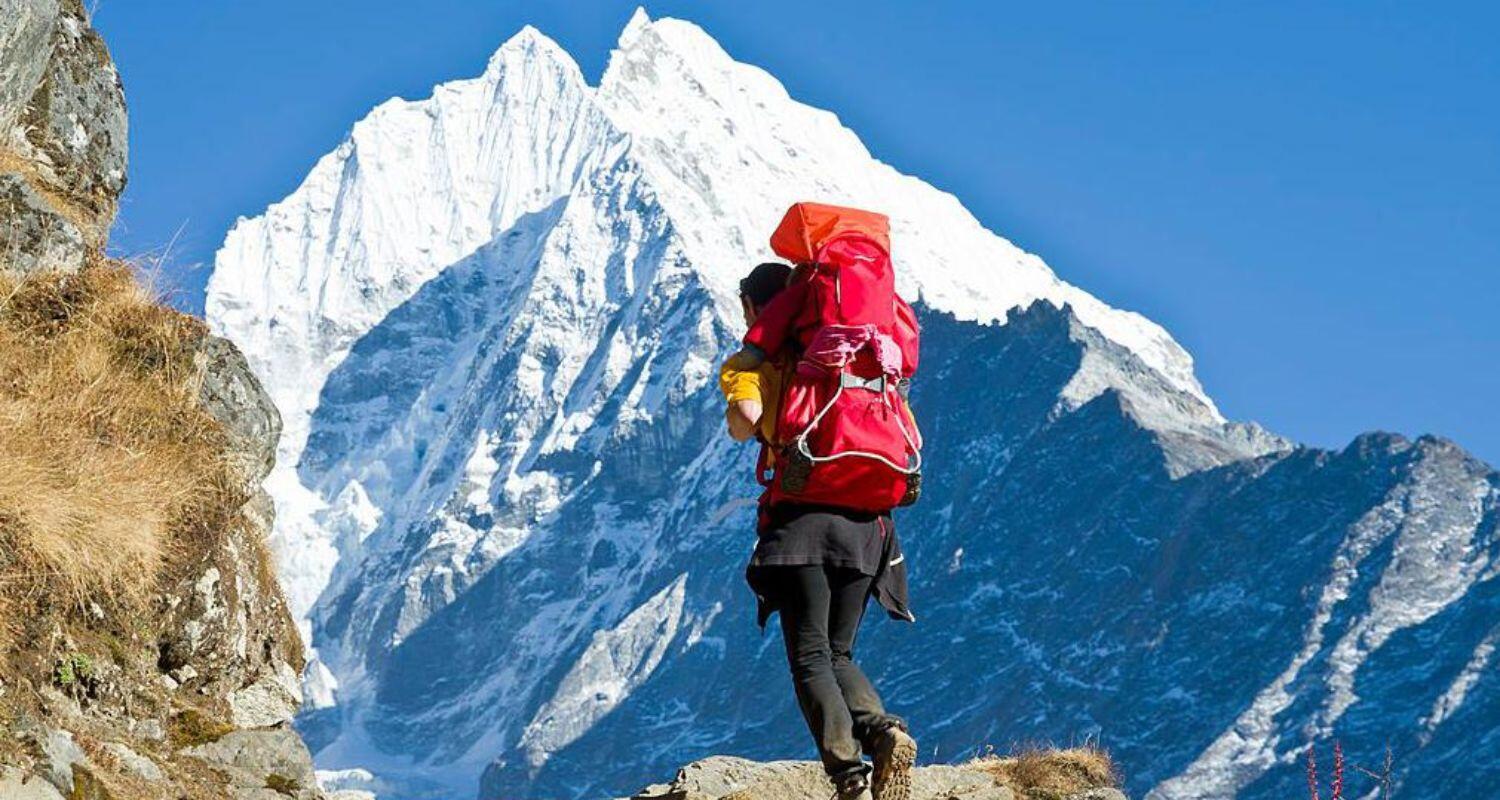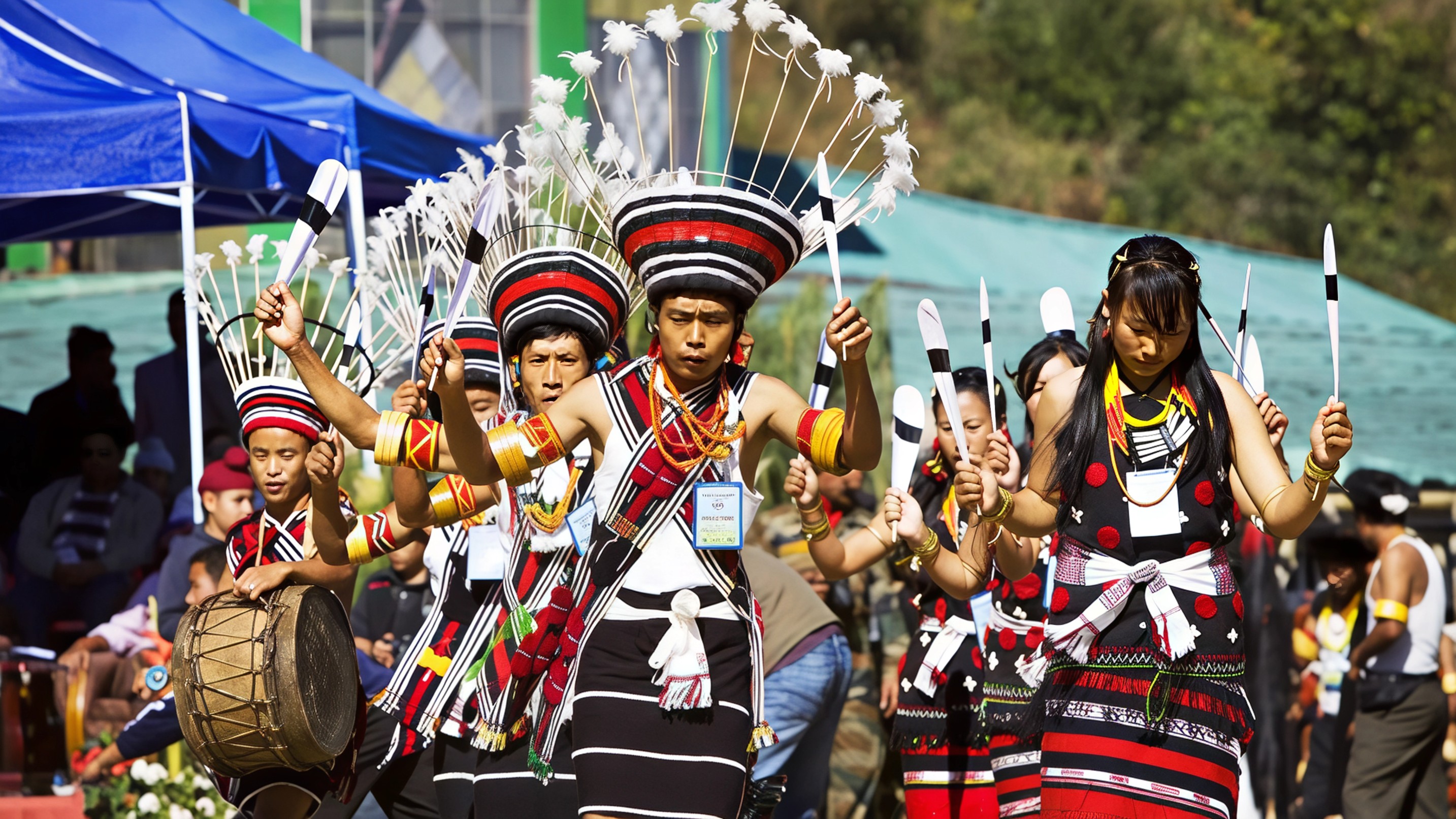Nepal has taken a bold step to reshape its mountaineering landscape. While the spotlight often falls on Everest, the country is now inviting adventurers to look westward. Ninety-seven peaks in the remote Karnali and Sudurpaschim provinces will be entirely free to climb for the next two years. This announcement comes just as fees for attempting Everest during peak season are set to rise from USD 11,000 to USD 15,000 per person starting in September.
These newly opened mountains, ranging from 5,870 to 7,132 metres, include towering names like Api, Api West, and Saipal. For decades, these regions have seen minimal climbing activity, with only 68 climbers attempting them in the past two years compared to hundreds heading for Everest each season. Now, the Nepalese government hopes that removing the royalty fees will attract a new wave of explorers seeking something more untouched and adventurous.
For Guinness World Record-holding mountaineer Satyarup Siddhanta, the initiative has both strategic and sentimental value. He points out that Everest’s routes, camps, and facilities are already under extreme strain, making diversification essential. Promoting lesser-known peaks spreads out tourism benefits and offers climbers a more traditional, self-reliant mountaineering experience—one where they must chart their own routes, set up their camps, and navigate unpredictable conditions.
The move could bring economic opportunities to some of Nepal’s poorest and most isolated communities. As more climbers venture west, there is potential for homestays, small lodges, and basic infrastructure to grow, creating jobs and improving connectivity. However, experts warn that development must be handled with care. Without proper planning for sanitation, waste management, and environmental protection, these pristine areas could face the same overcrowding and ecological issues now seen on Everest.
There is also a proposed regulation that would require climbers to summit a peak over 7,000 metres in Nepal before attempting Everest. If implemented effectively, this rule could make these newly free peaks a natural choice for training and acclimatisation. But seasoned mountaineers caution that without strong enforcement, such policies risk being ignored.
For serious climbers, the appeal of these peaks lies in their unpredictability and the thrill of possibly being the first to reach a summit. The absence of fixed ropes, established routes, and large expedition teams means the experience is raw, personal, and deeply rewarding. It is a return to mountaineering’s roots—less about the fame of the peak and more about the purity of the climb.
Whether this initiative will permanently shift attention from Everest remains to be seen. But for now, Nepal’s hidden giants stand as open invitations to those willing to venture off the beaten path. The next great Himalayan climbing story might just be written far from the crowds.
For more travel news, destination stories, and adventure updates, follow Travel Moves on Instagram and Facebook.








